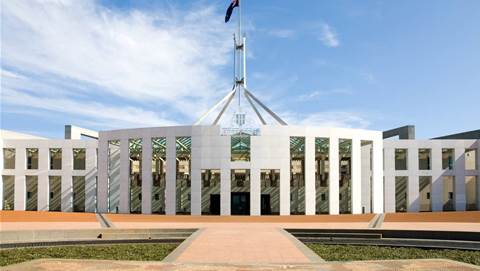
Optical fibres that transmit photonic (light-based) information are expected to carry far greater bandwidths of information than metal electrical cables.
However, because processing data from photonic transmissions is difficult, transmitted photonic data often is converted to electronic data for processing, and converted back into photonic data for further transmission.
“Photonics usually can't compete with electronics when it comes to processing data,” said Alan Willner, a professor at the University of South California’s Ming Hsieh Department of Electrical Engineering who is working on the project.
“Silicon transistors are extremely cheap and can perform processing operations that have long been very difficult to do with light,” he explained.
If such photonic-electronic conversions can be avoided, Willner expects great savings in expense and energy to be achieved.
To that end, Willner and his colleague Robert Hellwarth are developing "continuously tunable optical delays" that they hope will change the rules of manipulating photonic data at ultra high speeds.
By converting each streams of photonic information into a specific colour, and filtering the data through a material that separates one colour from the next, the researchers expect to be able to process data without the need for an electronic interface.
The technology also enables information to be buffered as the transmitted light is slowed to specific speeds.
Already, the researchers have been able to separate a single 80 Gbps data stream into two separate 40 Gbps streams.
They plan to increase their capacity to the hundreds of Gbps range, with the eventual aim of designing a system that can slow light from zero to five microseconds.
Photonics improvements could benefit telecommunications, consumer devices, and quantum computing.


.png&h=140&w=231&c=1&s=0)
_(20).jpg&h=140&w=231&c=1&s=0)





_(26).jpg&w=100&c=1&s=0)

 iTnews Executive Retreat - Security Leaders Edition
iTnews Executive Retreat - Security Leaders Edition












_(1).jpg&h=140&w=231&c=1&s=0)



